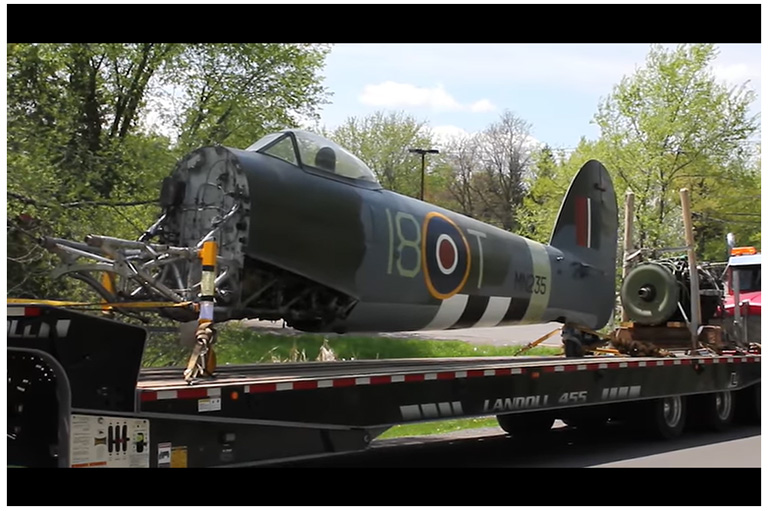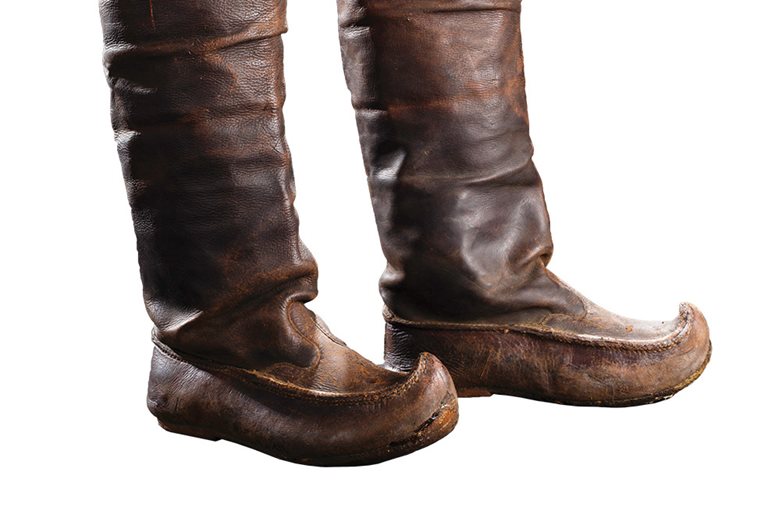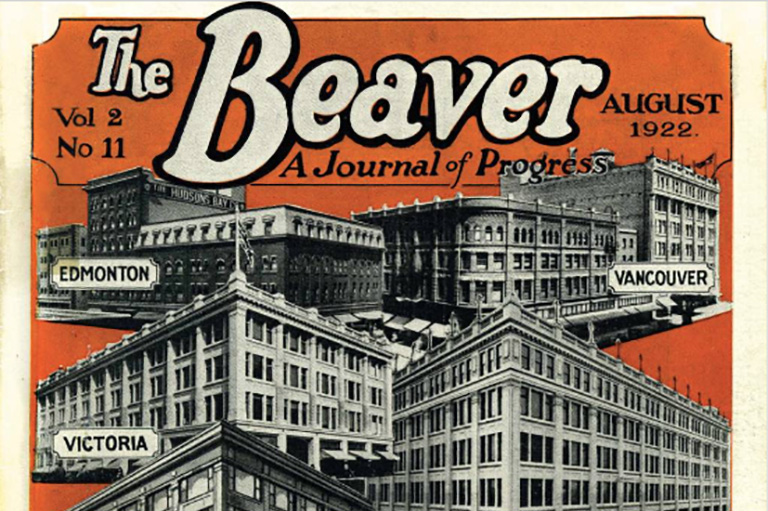All Hands on Decks

You might not think that playing games would be part and parcel of aircrew battle training, but it became that during the Second World War.
The flash cards shown here were owned by Leslie Dunford, a Canadian Lancaster pilot with the Bomber Command 170 Squadron Royal Air Force.
To prepare its aircrews, the British Royal Air Force made four colour-coded decks of cards featuring silhouette images of Allied and Axis aircraft. For instance, red was used for single-engine aircraft, and blue was used for multi-engine single-rudder planes.

According to Alexander Fitzgerald-Black of the Juno Beach Centre, such cards were an effective way to train gunners to distinguish friends from enemies.

The fronts of the cards showed various silhouette views of aircraft. On the back, there were descriptions to help to spot the shapes of planes, as well as their lengths, wingspans, airspeeds, ranges, and armaments.
Aircraft-recognition cards were made in the United States as well. They came with instructions and an answer key and were boxed as a complete set. Even into the 1970s, aircraft-recognition cards continued to be made for military training. A 1977 set from the United States Army includes cards for aircraft from the United States, Canada, France, Sweden, Great Britain, and the Soviet Union.

Aircraft-recognition cards also became a popular item for children. In the 1950s, Topps, purveyor of baseball cards and other sports cards, brought out the Wings series featuring full-colour paintings of aircraft.
In addition to the technical specifications, each card had a friend or foe designation. Plane-spotting was meant to be a game for sky-gazing children who were brought up with the Cold War fear of a pre-emptive Soviet military strike.

On April 25, 1945, Dunford’s crew flew its final bombing sortie, hitting the Bavarian town of Berchtesgaden, Germany, close to Adolph Hitler’s holiday home in Obersalzberg. In May 1945, the crew flew ninety-four sorties as a part of Operation Manna, an Allied mission to airdrop food supplies for starving Dutch civilians in the Netherlands.
Dunford recalled crowds of flag-waving Dutch civilians gathering in high spirits as he passed overhead. They were excited not just for the food but also out of anticipation that the war might soon end. On the roofs of buildings, Dutch civilians posted large signs visible from the air, saying “Thank you” and “Tabac S.V.P.”
The air cards depicted here were each cut by hand. It’s possible that they came printed as one sheet and were then made into individual cards at a later date.
Themes associated with this article
Advertisement
You might also like...

Beautiful woven all-silk necktie — burgundy with small silver beaver images throughout. Made exclusively for Canada's History.

Canada’s History Archive, featuring The Beaver, is now available for your browsing and searching pleasure!









